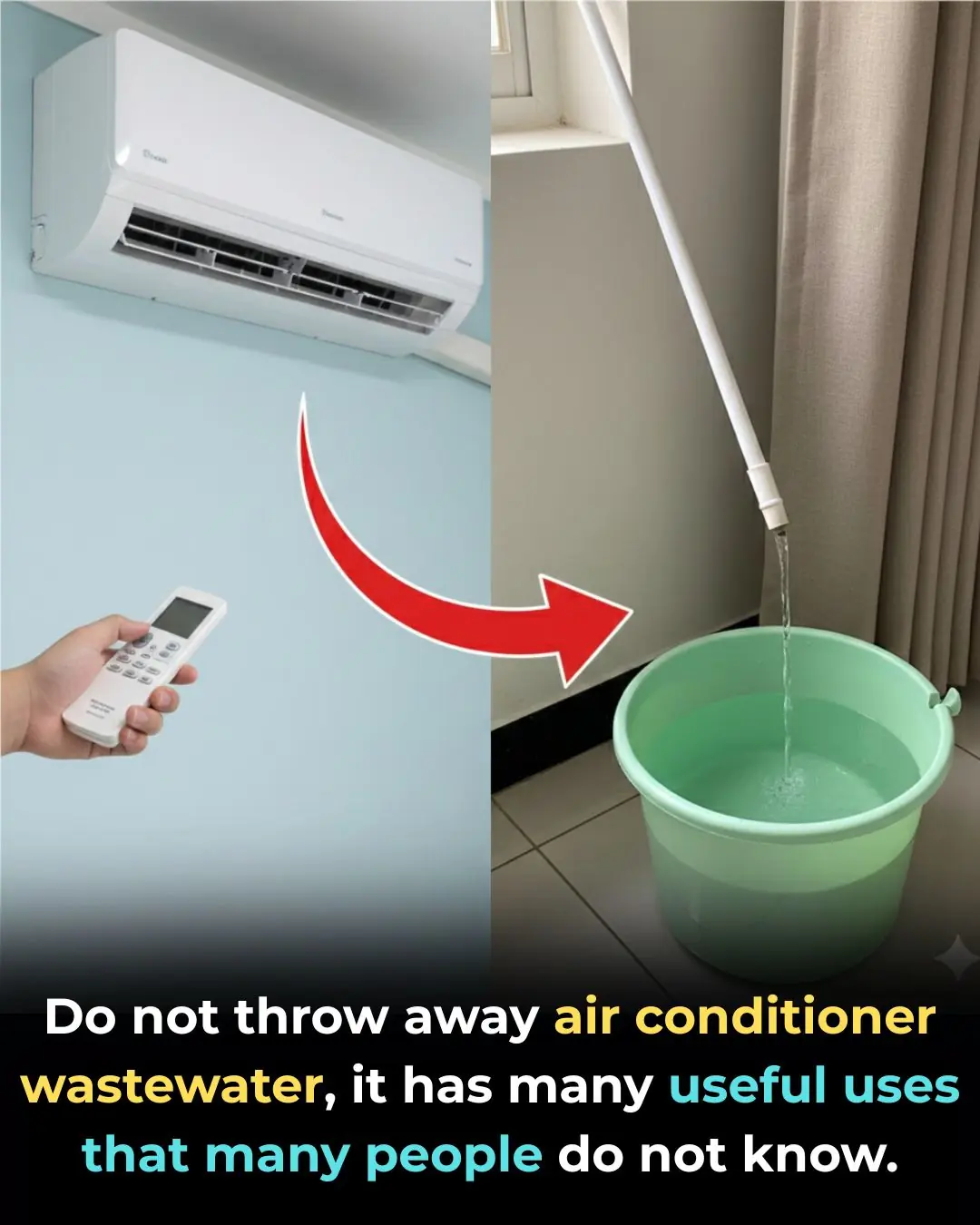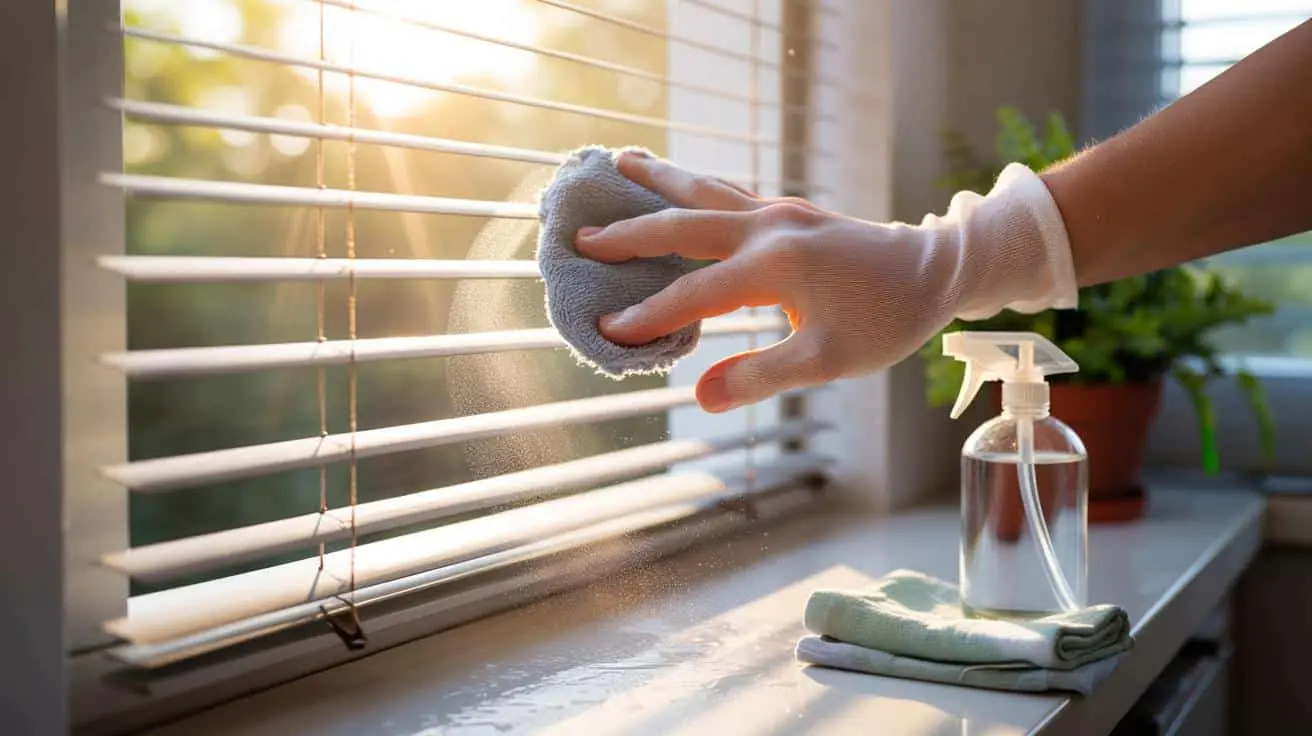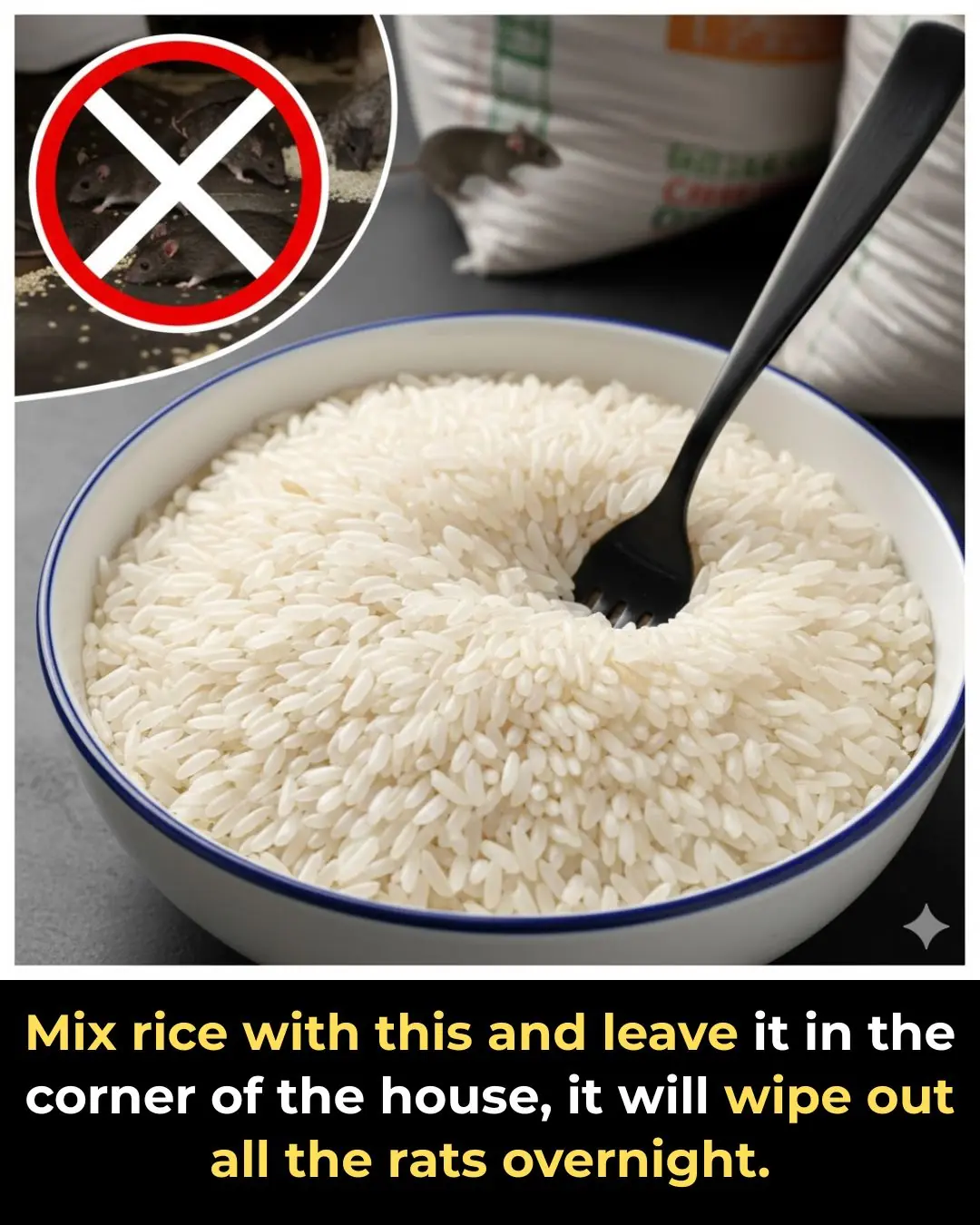
A Small Refrigerator Button Can Save You Hundreds on Your Electric Bill: Most People Don’t Know

Few people realize that inside a refrigerator, there is a small button or control that, when adjusted correctly during the winter, can help significantly reduce electricity costs.
Refrigerators are now indispensable in almost every household. They operate 24/7 throughout the year, helping to keep food fresh and safe for longer periods. However, because they run continuously, refrigerators are also among the most energy-consuming appliances in the home. According to the Vietnam Electricity (EVN) statistics in May, a large refrigerator consumes an average of 50–75 kWh per month, ranking third after electric stoves and water heaters.
While this figure is an average estimate, there are habits and adjustments that users can implement to save electricity, especially during the winter months. One simple action involving both the freezer and refrigerator compartments can reduce electricity consumption, yet many people are unaware of it. This action is adjusting the temperature settings using the small knob or control panel inside the refrigerator.
How to Adjust Refrigerator Temperature in Winter to Save Electricity
Experts in refrigeration advise that during the winter, users can lower the cooling level to save energy. Most modern refrigerators have temperature settings ranging from 1 to 5 or 1 to 6. In the summer, the settings are usually near the maximum to keep food cold in hot weather. However, in winter, adjusting the temperature to level 2–3, or even level 1, is usually sufficient.
At level 1, the refrigerator compartment typically maintains a temperature between 2–5°C, which is adequate for food preservation while reducing electricity consumption. The same principle applies to the freezer compartment, where adjusting the temperature according to the amount of stored food can also help save energy.
For example:
-
If the refrigerator is lightly stocked, a lower cooling level is enough.
-
If storing a large amount of fresh food, especially items like seafood, it’s better to maintain a colder temperature, around -18°C, in the freezer to prevent bacterial growth and ensure food safety.
Additional Tips to Maximize Refrigerator Efficiency
Besides adjusting temperature settings, experts recommend several practical habits to reduce energy consumption:
1. Place the Refrigerator Properly
Refrigerators release heat from the back or sides. Placing them too close to walls or other obstacles can reduce heat dissipation, forcing the compressor to work harder and consume more electricity. Avoid placing refrigerators near heat-producing appliances, such as microwaves, ovens, or stoves, as this can raise the surrounding temperature and reduce appliance lifespan.
2. Limit Long-Open Door Time
Leaving the refrigerator door open for extended periods allows cold air to escape. This makes the compressor run longer to restore the temperature, increasing energy use. Minimize the time the door stays open and organize items for quick access.
3. Store Food in Glass or Ceramic Containers
Using glass or ceramic containers helps maintain cold air better than plastic. Properly arranging containers to avoid overcrowding and allowing air circulation improves cooling efficiency and reduces electricity consumption.
4. Regular Cleaning and Maintenance
Cleaning the refrigerator every 1–3 months is essential. Dust accumulation in air vents forces the compressor to work harder, consuming more electricity. Clean the coils, vents, and compartments regularly to ensure optimal performance.
5. Avoid Overloading the Fridge
While storing large quantities of food is necessary, overfilling can block airflow inside the fridge, making it work harder to maintain the desired temperature. Organize food properly to allow even air circulation.
Conclusion
A simple adjustment of the refrigerator’s temperature, combined with smart usage habits, can lead to noticeable savings on your electricity bill. By lowering the cooling level in winter, placing the fridge correctly, limiting door-open time, using efficient storage containers, and cleaning it regularly, you can reduce energy consumption without compromising food safety.
Small actions like these may seem minor, but over time, they can save your household hundreds or even thousands of dong while extending the lifespan of your refrigerator. Awareness and proper use are key to making your refrigerator both efficient and economical.
News in the same category


Why You Shouldn’t Keep Doors Fully Closed When Using Air Conditioning

8 Foods That Fight Cancer – Add Them to Your Diet Regularly

What Health Conditions Can Garlic Soaked in Honey Help With?

How to Make Steamed Pear with Rock Sugar — Delicious, Comforting, and Packed with Nutrition

Using a Water Heater? Making These 3 Mistakes Is Like “Flirting With Death”!

Why You Should Never Leave a Water Bottle Inside Your Car

This is the correct way to preserve pork in the freezer: The meat will not dry out, and will still retain all its nutrients for a whole month.

Pour salt into the toilet, everyone calls you crazy but know its uses and do it at home right away

Amazing uses of pouring vinegar on meat: Everyone who knows will want to do it too

Chef reveals secret to stir-frying soft, lump-free vermicelli noodles that even the most clumsy person can easily do

Do not throw away air conditioner wastewater, it has many useful uses that many people do not know.

Good tips for those who have dry trees, help them produce many flowers, fruits, and sweet and rich fruits

A Simple Sock Trick to Clean Dusty Window Blinds with Almost Zero Effort

Mix rice with this and leave it in the corner of the house, it will wipe out all the rats overnight.

When choosing a cantaloupe, use these 4 tips to ensure you buy one with thin skin and sweet flesh.

Air Conditioner Blowing Only Air but Not Cooling? Here’s How to Fix It Without Calling a Technician

Had no clue about this

Why Does Your Refrigerator Frost Over and Does It Increase Electricity Consumption?
News Post

Nurse Promises Not to Laugh at This Man’s Problem

What Your “Odd Animal Out” Choice Says About You

As he nears 100, Dick Van Dyke, 99, makes a touching confession about his life

Two Golden Elixirs for Energy, Glow & Balance

The Power of Hawthorn (Genus Crataegus): A Natural Ally for Heart and Cholesterol Health

The Real Benefits of Mixing Lemon with Activated Charcoal

The Surprising Healing Power of Onion Milk

Increase Breast Size Naturally

Beetroot: 3 Simple Recipes + 10 Powerful Health Benefits

AVOID Ginger If You Have THESE Health Problems

Magic Eraser can be used for almost anything, but here's what you didn't know

Why You Shouldn’t Keep Doors Fully Closed When Using Air Conditioning

12 medications you should never mix with coffee

8 Foods That Fight Cancer – Add Them to Your Diet Regularly

What Health Conditions Can Garlic Soaked in Honey Help With?

How to Make Steamed Pear with Rock Sugar — Delicious, Comforting, and Packed with Nutrition

Headache Above or Behind the Left Eye: Causes and Treatments

Using a Water Heater? Making These 3 Mistakes Is Like “Flirting With Death”!
